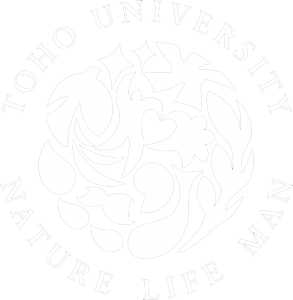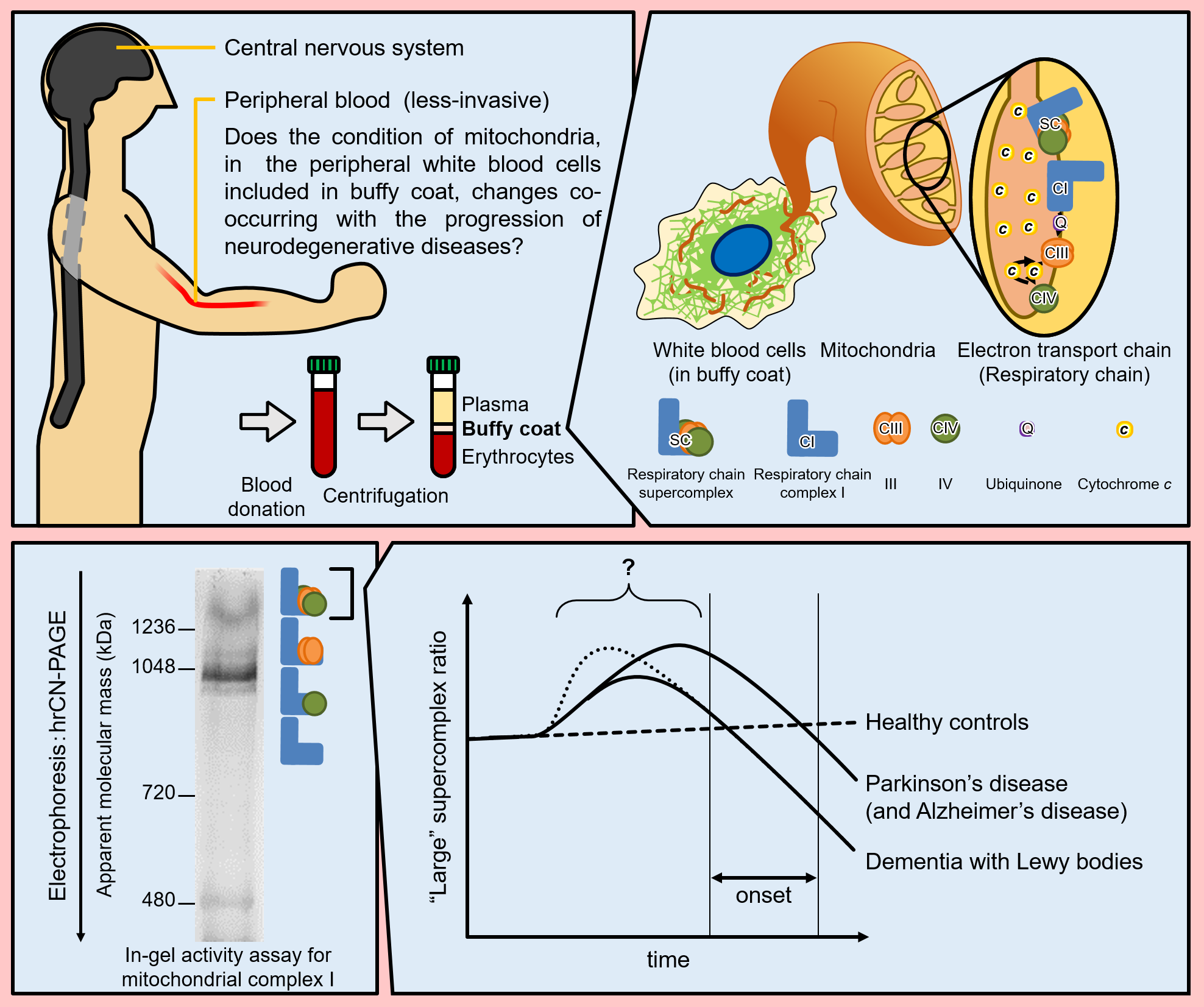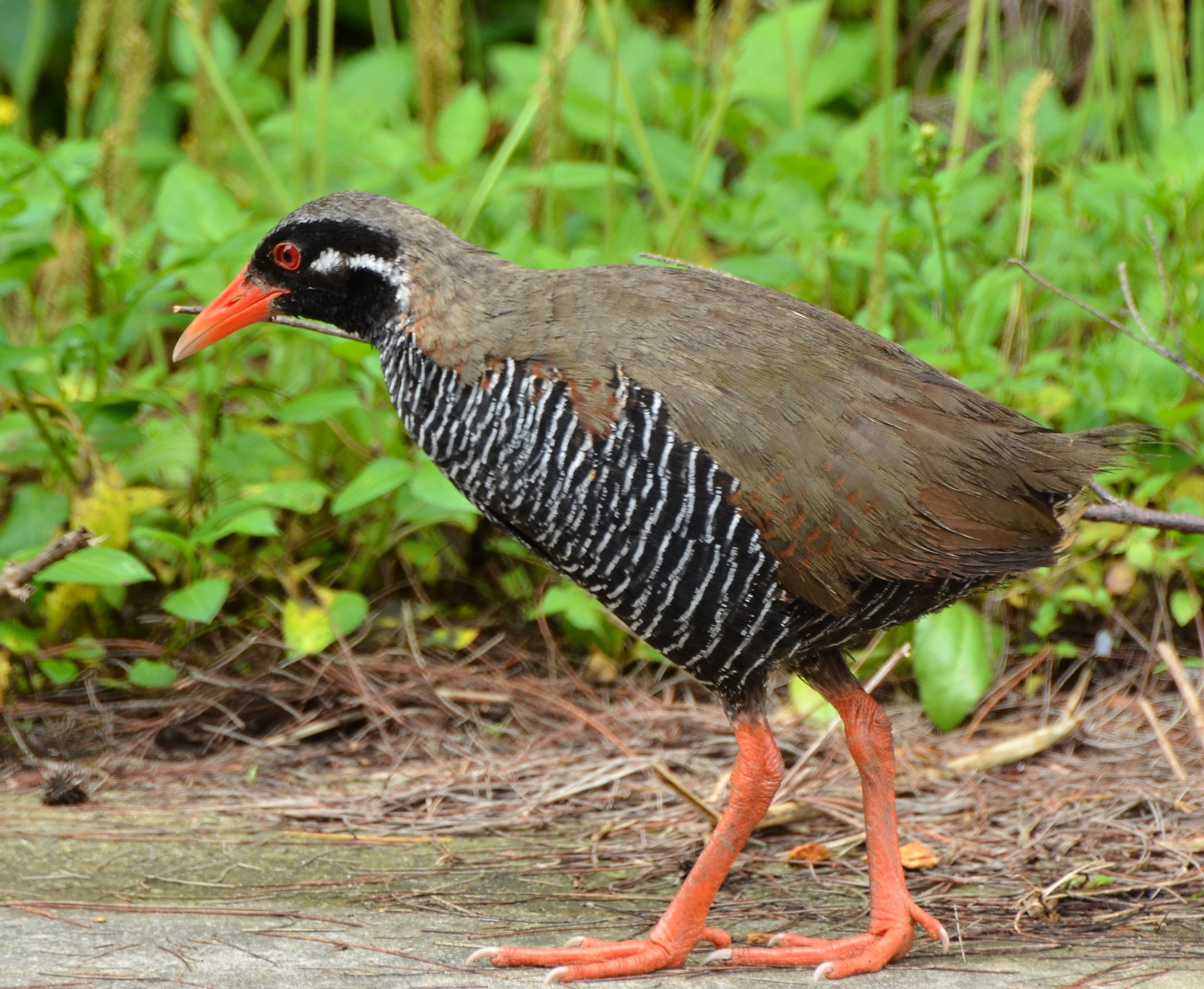Invasion by non-native snail species increases the risk of infection by poultry parasite, Kanto, Japan
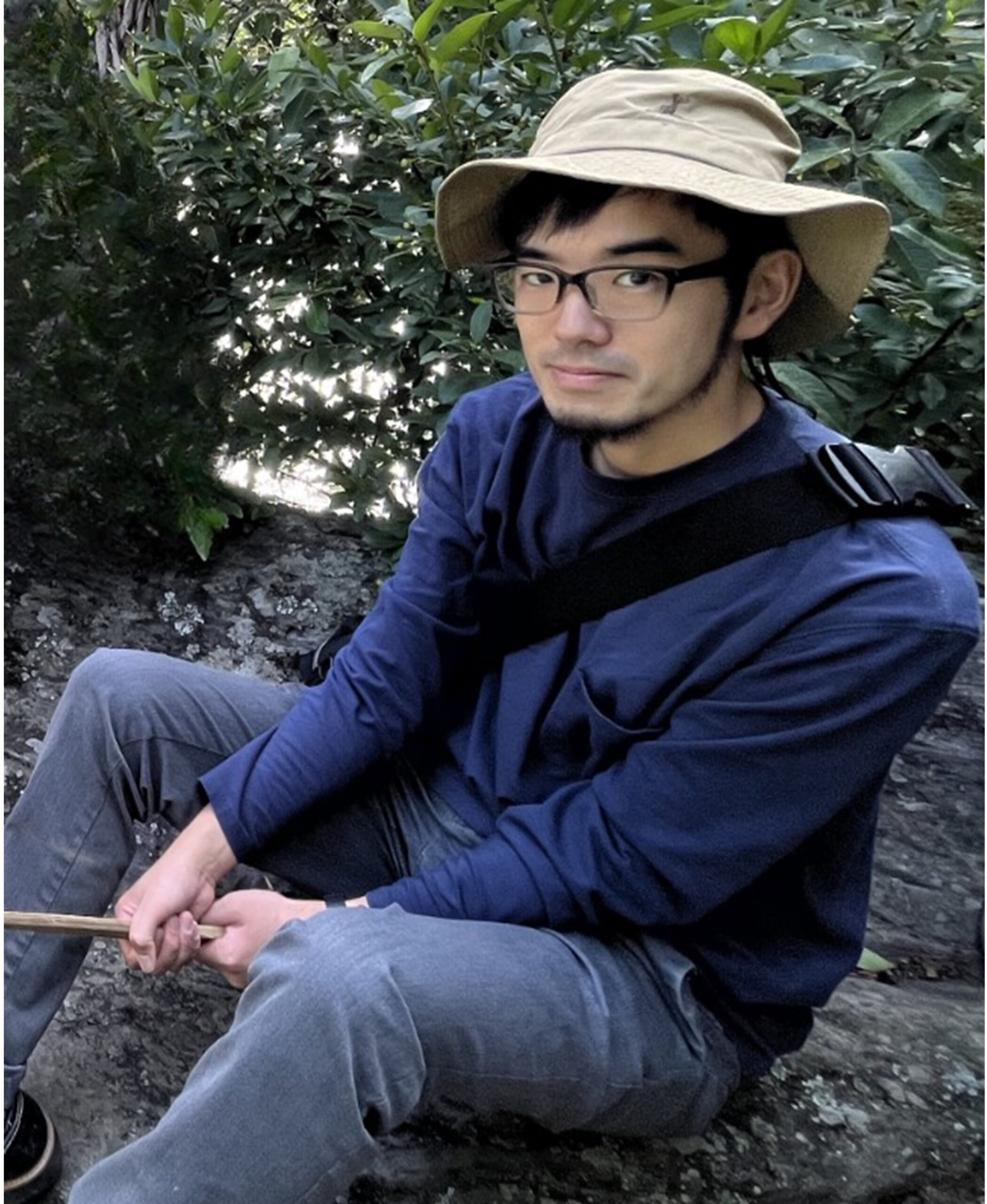
While studies of the impact of non-native species on ecosystems often focus on their damage to crops by feeding and competition with native species, this study showed that the risk of infection by a trematode parasite already distributed in an area may have increased due to an invasion by a non-native snail host.
The study was published in Parasitology Research on July 11, 2023.

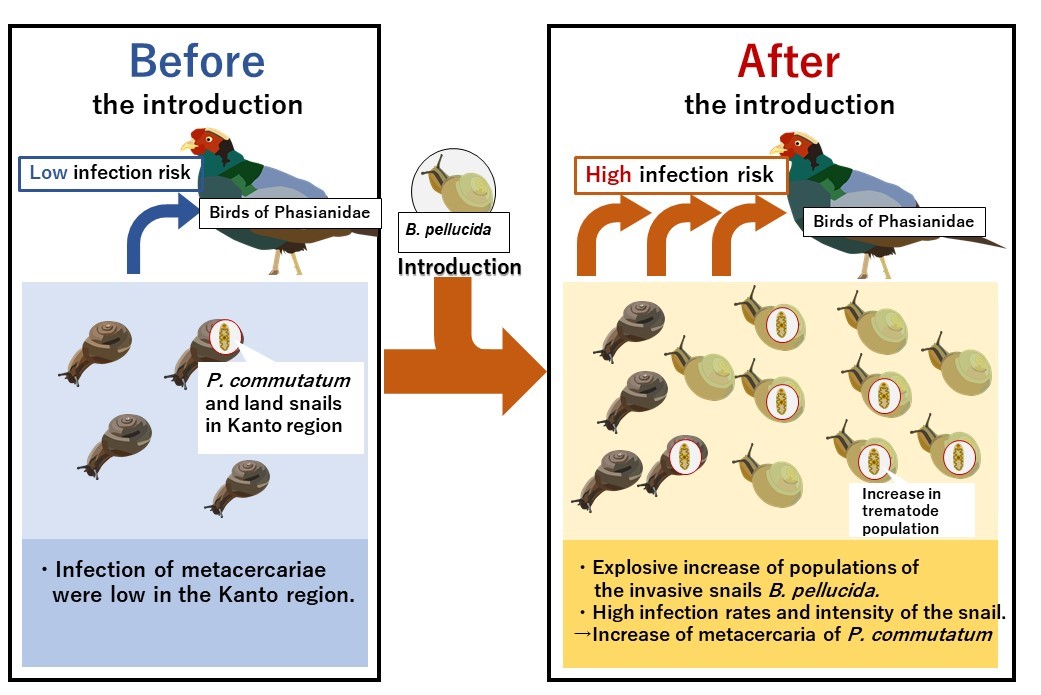
Fig. 1. The scenario of increased risk of infection with Postharmostomum commutatum for birds by introduction of the invasive snail, Bradybaena pellucida in Kanto region, Japan. Illustration by Tsukasa Waki

Fig. 2. Life cycle of Postharmostomum commutatumIllustration by Tsukasa Waki
- Postharmostomum commutatum is a trematode parasite of pheasant birds including the domestic chickens. The host birds infect by predation of the second intermediate host, land snails.
- The land snail Bradybaena pellucida naturally distributed in western Japan. However, this snail has introduced into the Kanto region, eastern Japan, since 1990s, and are exhibiting a rapid population growth. When our research group examined B. pellucida individuals occasionally in the Kanto region for parasites, they found many P. commutatum metacercariae from the snails.
- The research group conducted a more detailed study in the Kanto region. Finally they found a very high population density of B. pellucida which harbored more metacercariae than any other host snail species. These results indicated that the explosive increase in the number of B. pellucida in the Kanto region may have boosted the risk of infection with the trematode for birds in Kanto region, Japan, through the spillback effect. Since the trematode P. commutatum were originally reported from the Kanto region from 20th century, the research group believes that the metacercariae in the introduced snail B. pellucida were likely to be of Kanto origin.
- A monthly snail survey was carried out in a field for two years, to determine the major season of infection of host bird species. In this survey, both the host snail populations and infection of the trematode increased during the mid- to late summer seasons. Therefore, in areas where B. pellucida has been introduced, infection may be controlled by avoiding contact between snails and host birds, including chickens during the seasons.

Fig. 3. The introduced land snail Bradybaena pellucidain the Kanto region, Japan. Shell diameter about 1.5 cm. Photograph by Haruki Furusawa and Tsukasa Waki

Fig. 4. Metacercariae of Postharmostomum commutatum from the introduced snail Bradybaena pellucida. A: Numerous metacercariae of P. commutatum obtained from B. pellucida (in red frame). Asterisks indicate tissues of the snail. B: Metacercariae of P. commutatum from B. pellucida. Photograph by Haruki Furusawa and Tsukasa Waki
Parasitology Research July 11, 2023 issue
Title:
Introducing the land snail Bradybaena pellucida increased infection risk of the avian parasite Postharmostomum commutatum in the Kanto region of Japan
Authors:
Haruki Furusawa, Hiromi Ikezawa, Shohei G Tsujimoto, Madoka Ichikawa-Seki, Tsukasa Waki
DOI No.:
https://doi.org/10.1007/s00436-023-07921-4
READ MORE RESEARCH NEWS - SCIENCE
Undergraduate Programs
– Medicine
– Pharmaceutical Sciences
– Science
– Nursing
– Health Science
Graduate Programs
–Medicine
–Pharmaceutical Sciences
–Science
–Nursing
RESEARCH
– News
– Guidelines & Policies
– Support Offices
– Facilities
– Security Export Control
Non-Degree Programs
– Clinical Elective Program
– International Physician Observership Program
